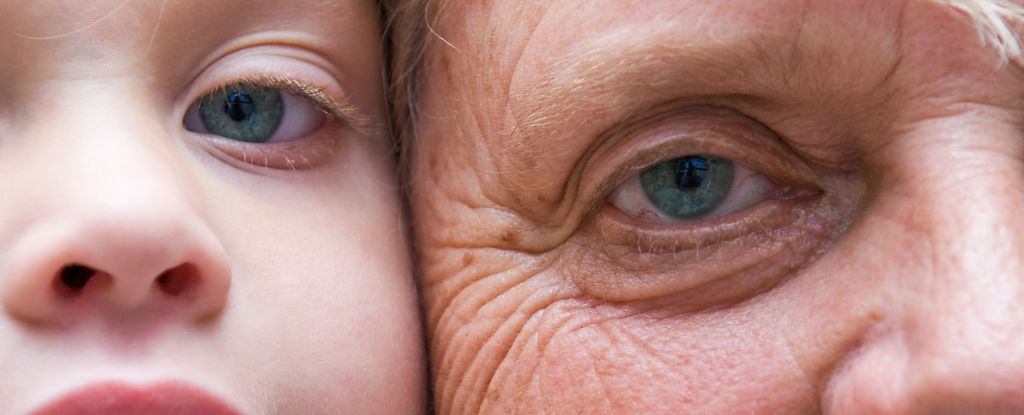A recent study conducted by researchers from the Chinese Academy of Sciences reveals that human aging accelerates significantly around the age of 50. This pivotal moment marks a shift in how body tissues and organs age, with implications for understanding age-related diseases. The study highlights that aging is not a uniform process but rather a staggered one, with distinct patterns observable at various life stages.
The research team analyzed proteins in tissue samples from 76 organ donors, aged between 14 and 68, who had died due to accidental traumatic brain injuries. These samples represented multiple systems of the body, including cardiovascular, digestive, immune, endocrine, respiratory, integumentary, and musculoskeletal systems. Blood samples were also collected to enhance the breadth of their findings.
In their analysis, the researchers constructed a catalogue of proteins and monitored their levels as the ages of the donors increased. They made a notable discovery: expressions of 48 disease-related proteins increased with age, indicating a correlation between aging and various health conditions, such as cardiovascular diseases and liver-related tumors.
Key Findings on Aging Trajectories
A significant finding of the study was that the most pronounced changes in protein levels occurred between the ages of 45 and 55. During this period, many tissues undergo substantial proteomic remodeling, with the aorta showing marked susceptibility to aging. The pancreas and spleen also demonstrated notable changes during this time.
To further validate their findings, the researchers conducted experiments by isolating a protein associated with aging in the aortas of mice. When this protein was injected into younger mice, those treated exhibited reduced physical performance, decreased grip strength, lower endurance, and impaired balance and coordination. These mice also displayed clear markers of vascular aging, underscoring the significant impact of this protein on physical health.
The study indicates that human aging is a multifaceted process involving distinct phases, with researchers previously identifying two additional peaks in aging at around 44 and 60 years. This layered understanding of aging could lead to the development of targeted medical interventions aimed at mitigating the effects of aging on specific organs and systems.
Implications for Future Research
The authors of the study assert that their findings pave the way for a comprehensive multi-tissue proteomic atlas that spans the aging process over 50 years. This atlas aims to elucidate mechanisms behind proteostasis imbalance in aged organs and highlight both universal and tissue-specific aging patterns. The insights gained from this research could facilitate the development of interventions designed to improve the health of older adults and address age-related diseases.
The study has been published in the journal Cell, contributing valuable knowledge to the ongoing research into the complexities of human aging. Understanding the timing and nature of aging processes is crucial for enhancing health outcomes as populations continue to age globally.





























































